2016 Sine Qua Non, Eleven Confessions (3 x Subir Syrah, 3 x Pajarito delAmor Grenache), Six-Bottle Assortment Case
About this WINE
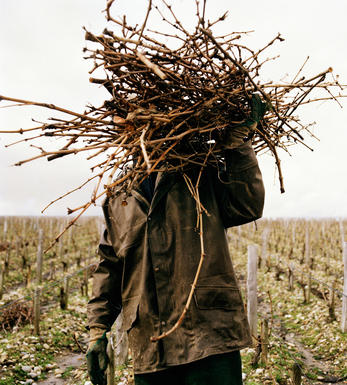
Sine Qua Non Winery
Sine Qua Non is a California cult winery known for its sought-after Rhône style wine blends, produced in very limited quantites. The winery is located in Ventura County within the Central Coast AVA.
Manfred Krankl and his wife Elaine established the winery in 1994. Sine Qua Non's winery has been described by Robert Parker as "a Mad Max- junkyard dog sort of winery in one of the ugliest sections of Ventura.", while according to Antonio Galloni (Wine Advocate Aug 2011) "the wines that emerge from this site are often profound. The sheer drive for perfection and attention to detail at Sine Qua Non is something I have rarely witnessed anywhere else in the world."
Sourcing fruit from a wide variety of growers from year to year as Krankl follows his preferences, results in the winery to make different wines in each vintage.
In collaboration with Austrian winemaker Alois Kracher Manfred and Elaine Krankl have also produced sweet wines under the label "Mr. K"
The red wines are based on the grape varieties of Syrah, Grenache, Mourvedre, and a whites made from Roussanne, Viognier and Chardonnay. Sine Qua Non used to produced a Pinot Noir until the 2005 vintage. In certain vintages, the winery has released a sweet white wine or a rosé wine.
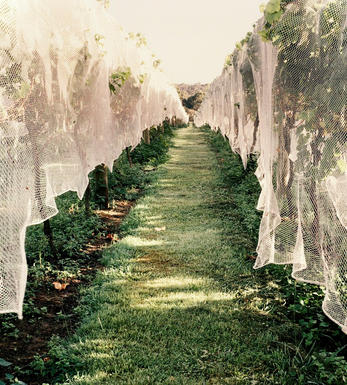
Central Coast
Central Coast AVA is an all-encompassing appellation used for wines blended across several counties in the broader central coast viticultural region.
The associated counties (and their AVAs) are Alameda (Livermore Valley); Contra Costa; Monterey (Arroyo Seco, Carmel Valley, Chalone, San Lucas); San Benito (Cienega Valley, Lime Kiln Valley, Mount Harlan, Paicines); San Luis Obispo (Arroyo Grande, Edna Valley, Paso Robles, York Mountain); Santa Clara Valley (most of Santa Cruz Mountains, San Ysidro); and Santa Barbara (Santa Maria Valley, Santa Ynez Valley).
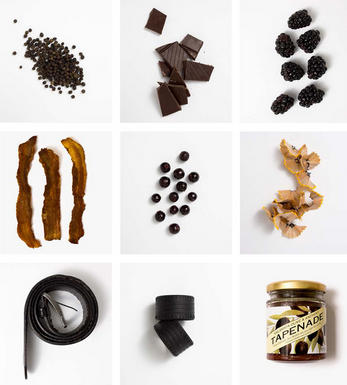
Syrah/Shiraz
A noble black grape variety grown particularly in the Northern Rhône where it produces the great red wines of Hermitage, Cote Rôtie and Cornas, and in Australia where it produces wines of startling depth and intensity. Reasonably low yields are a crucial factor for quality as is picking at optimum ripeness. Its heartland, Hermitage and Côte Rôtie, consists of 270 hectares of steeply terraced vineyards producing wines that brim with pepper, spices, tar and black treacle when young. After 5-10 years they become smooth and velvety with pronounced fruit characteristics of damsons, raspberries, blackcurrants and loganberries.
It is now grown extensively in the Southern Rhône where it is blended with Grenache and Mourvèdre to produce the great red wines of Châteauneuf du Pape and Gigondas amongst others. Its spiritual home in Australia is the Barossa Valley, where there are plantings dating as far back as 1860. Australian Shiraz tends to be sweeter than its Northern Rhône counterpart and the best examples are redolent of new leather, dark chocolate, liquorice, and prunes and display a blackcurrant lusciousness.
South African producers such as Eben Sadie are now producing world- class Shiraz wines that represent astonishing value for money.


Buying options
Add to wishlist
wine at a glance
Delivery and quality guarantee